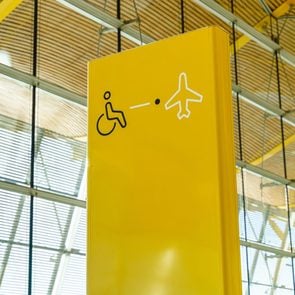I Have a Disability—Here’s Why Small-Ship Cruising Is an Ideal Way to Travel
Updated: Dec. 06, 2023
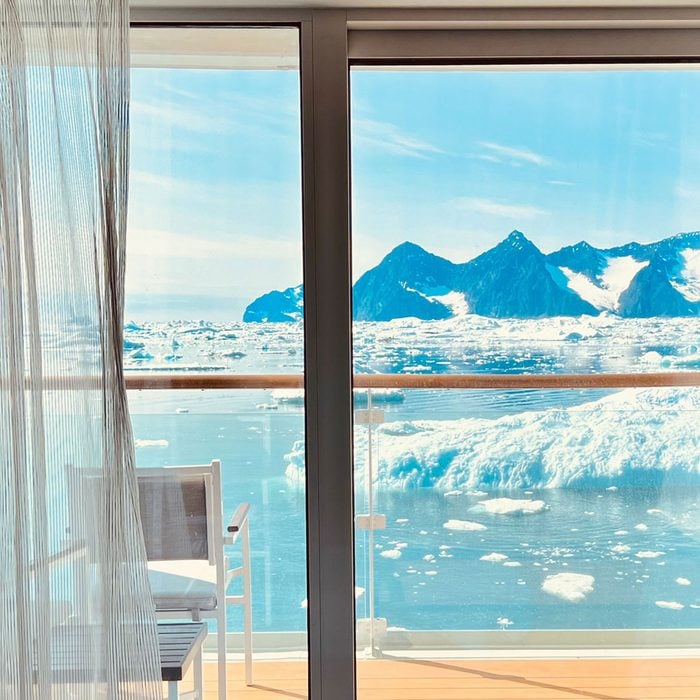
As a traveler with a disability, I have always avoided cruises. This expedition-style small-ship cruise changed my mind.
When our expedition leader announced we would make a Zodiac landing at Jan Mayen, a tiny island in the Arctic Ocean, I stepped out onto my balcony aboard the Aurora Expeditions ship, hoping to find clear skies and calm seas. Instead, I was met with a gust of wet wind and a view of fog-draped mountains in the distance. Jan Mayen wasn’t on our itinerary, and due to its remote location and often volatile weather, very few people ever set foot on the island. Watching the inky-black water between our ship and the shore undulating erratically, I knew the conditions weren’t ideal—but I wasn’t going to let that stop me.
In fact, the possibility of unplanned adventures in the great outdoors was one of the reasons I chose this small-ship cruise out of all the cruise options out there. So I happily joined my shipmates in the mud room, where we layered on waterproof gear and life jackets before hopping in the Zodiacs for a bumpy ride to a black-sand beach. Even the whipping wind and rain couldn’t dampen our excitement as we made our way to the beach and hiked to a viewpoint, pausing to photograph little purple flowers in stark contrast to the volcanic rocks and neon-green moss around them.
At just 35 miles long and nine miles across at its widest point, and with no exceptional landmarks or permanent population, Jan Mayen isn’t on most travelers’ radars. But our visit there wasn’t about what we could do or see. It was an opportunity to just be—to exist in a brief moment on a tiny, often inaccessible, volcanic rock in the Arctic. And as a traveler with a disability, that’s something I never thought I’d experience in my lifetime.
Get Reader’s Digest’s Read Up newsletter for more travel, tech, humor, cleaning and fun facts all week long.
Traveling with a disability
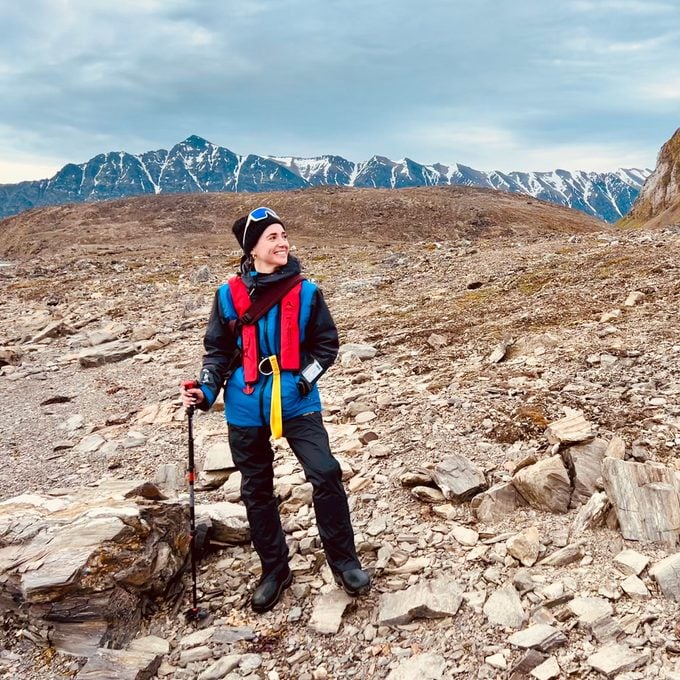
About 15 years ago, on a trip to Kauai, I was diagnosed with hemiplegic migraine, a rare neurological condition with symptoms that mimic a stroke. During an attack, I may experience weakness on one side of my body and impaired vision, speech and comprehension, in addition to other typical migraine symptoms. Not being able to see or communicate is unnerving even in a familiar setting, and much more distressing while traveling.
Given that there’s no cure, prevention is important and requires identifying and avoiding migraine triggers, which can include dehydration, low blood sugar, bright lights, inconsistent sleep, stress, extreme temperature changes and high elevation—basically, many of the common things you encounter during travel!
Even when I successfully steer clear of known triggers, I can still experience an attack, so I always have to be prepared. Simply making a trip to the store requires packing medicine, supplements and more to prevent and manage my condition. Planning ahead is critical for many people with disabilities and chronic conditions, so when it comes to accessible travel, prioritizing safety often means sacrificing the spontaneity that can lead to unexpected adventures.
The perfect mix of support and adventure
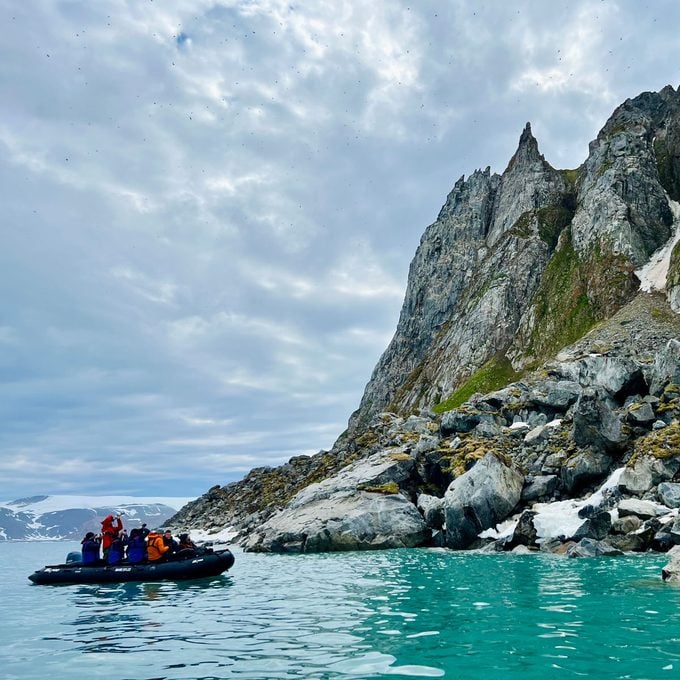
I’ve always been drawn to slow, immersive travel and outdoor experiences off the well-trodden tourist track—hiking long trails, learning a traditional craft from a local artisan, making a meal with a local family, spending weeks or months in a place to allow time for adventures to unfold. And for my health, I always need to ensure I have sufficient support and medical care.
For those reasons, large, crowded cruise ships that follow set itineraries and make quick stops in popular ports never really appealed to me. (And neither did the environmental and social impacts of larger vessels and hordes of visitors.) But this small-ship cruise with Aurora Expeditions offered a healthy balance of personal support and a true sense of adventure. Here are a few ways small-ship expedition cruises are a fit for travelers like me.
Medical care
When I travel on my own, whether to a new destination or just around my neighborhood, I need to identify medical facilities in advance. On the ship, I had peace of mind knowing there was always a medical professional nearby; we had a doctor, trained medics and a clinic on board.
Of course, medical services and accessibility features vary by ship, so you should always ask about your specific disability or condition and any requirements you have before booking. Not every ship or itinerary will be suitable for everyone. For example, some Ponant Cruises ships and the Silversea’s Galápagos cruise can accommodate those with reduced mobility, while other ships include features for hearing- and sight-impaired travelers or, as in my case, adequate support for a neurological condition. After inquiring with the ship about accessibility and health-care specifics, travelers can also contact groups like Special Needs at Sea to rent mobility aides, oxygen and other equipment suited to cruises.
Availability of food and water
When navigating a new place or dealing with delays and uncertainties while traveling, finding healthy food and clean water can be challenging. But water-refill stations and the availability and abundance of food on the ship eliminated the risk of low blood sugar or dehydration setting off a hemiplegic migraine attack.
Ease of opting out and resting up
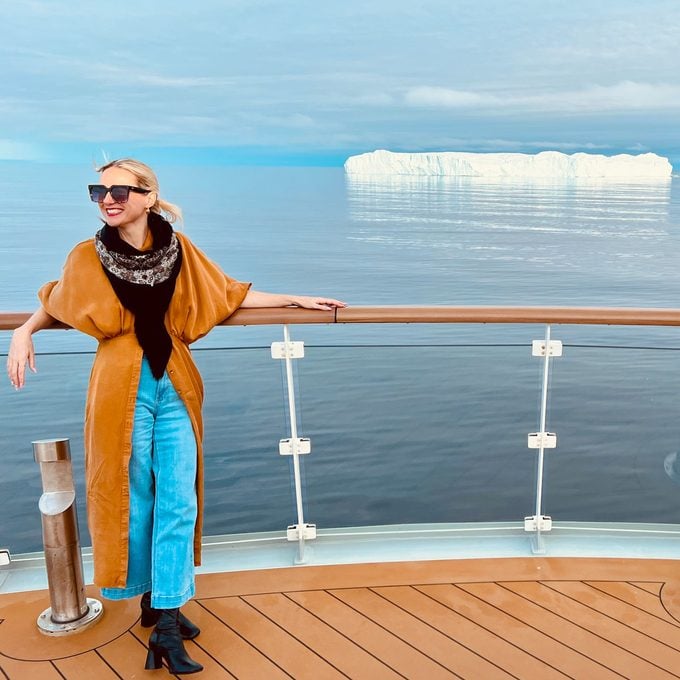
If I felt unwell, my cabin was never far away. Even on Zodiac rides and landings, the ship was always in sight. Daily wrap-ups and educational talks were also available on the TV in every cabin via live streaming, so I could easily enjoy them from my bed.
Typically, when I travel, I have to keep up with others and bounce between various hotels and activities, which can lead to exhaustion and a hemiplegic migraine attack. So it was a relief to know that I could rest whenever I needed to or sit out an activity without worrying I’d get left behind.
A community, not a crowd
Smaller ships hold fewer people. For me, this translated to very personalized service and support (which is crucial for those who travel with disabilities and chronic conditions), and fostered a sense of community on board. It also meant there was never a long queue or long wait for meals and activities. And on the days I was sick, numerous people—including members of the expedition team, staff and shipmates—checked in on me. Living and traveling with a disability can be incredibly isolating, but on this small ship, I never felt alone.
An element of adventure
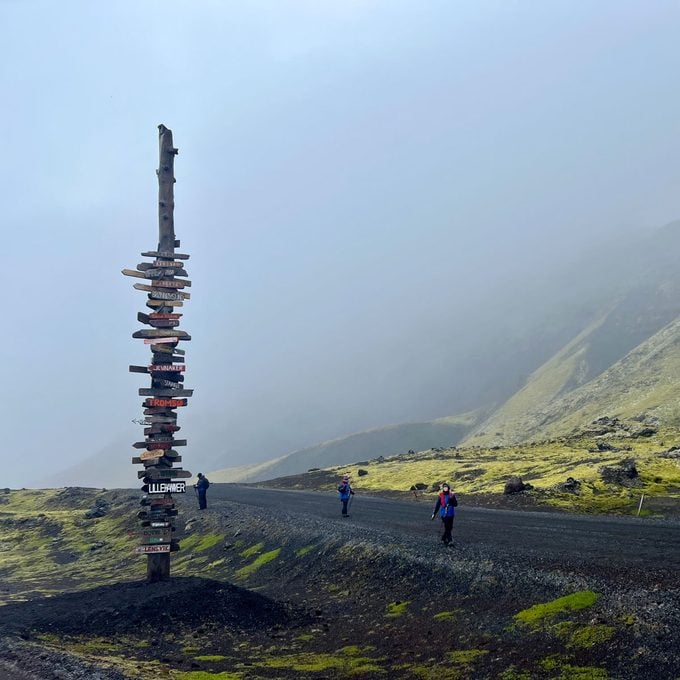
I always assumed cruises with creature comforts, set itineraries and hot-spot stops would lack the type of experiences I enjoy. But while Aurora Expeditions’s ships do offer comforts and consistency with their accommodations and meals, everything else is an adventure. Plus, smaller ships can access more remote and unique locations than larger ships. And no matter where we anchored, we never met another ship, so it often felt like we were the only ones on earth.
Each day, we woke up to announcements that included a weather and ice report and an updated itinerary. Each evening, the expedition team would share the intended plans for the following day, and by morning or throughout the day, those plans could change. Our schedule was essentially dictated by ice charts, polar bear sightings, winds, whales and other facets of the Arctic environment.
Under other circumstances, the uncertainty could be stressful, and for someone with a disability or chronic condition, unsafe. But this expedition-style trip created an unconventional setting in which it was possible to feel both supported and adventurous. The excitement of not knowing what was next—a hike to observe reindeer in the wild, a Zodiac ride near the world’s third-largest ice cap, an impromptu pause to watch a large pod of whales—infused the experience with a sense of spontaneity that’s not usually safe or possible in my life on land.
Weathering storms and experiencing the unknown together
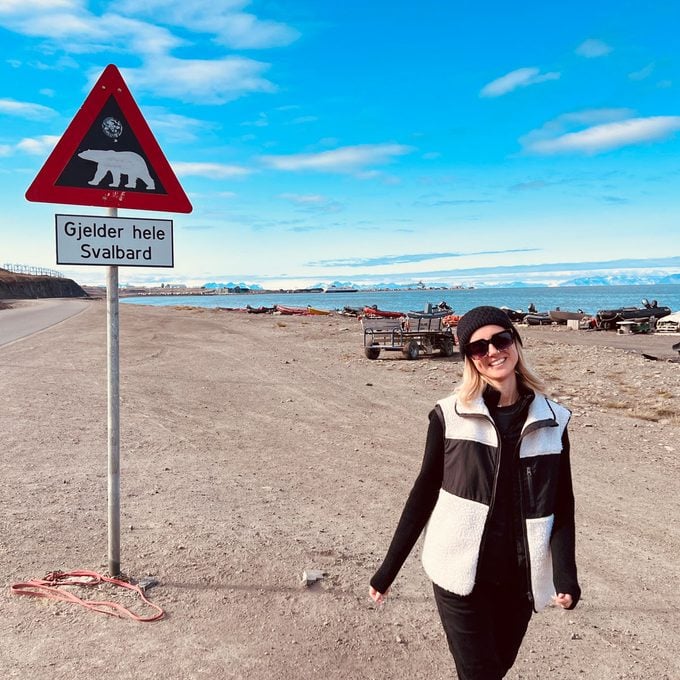
Thankfully, I didn’t have a full-blown hemiplegic migraine attack while on this voyage, but I was sick for a few days, and there were several dreary days in a row where we couldn’t disembark or see beyond the fog outside our windows. Living with a disability or a chronic condition, you learn to get through the bad days and savor the good ones. This small-ship experience magnified that for me, and I found myself grateful for the smallest of things—the silence of a glassy fjord, the sound of water lapping an iceberg, the hopeful sight of a patch of blue sky or purple flowers blooming in an unlikely place, the splash of a whale tale, the whiz of wings as a seabird swoops by—knowing that they wouldn’t last forever.
And while a small-ship expedition takes you to remote locations to experience the beauty of our planet, my time on the ship was also unexpectedly about pe
ople. Living with a disability constantly challenges my introverted nature and my fears of asking others for help and being judged. This trip required me to not only put my trust in other people—the captain, the expedition team, the staff and fellow shipmates—to keep me safe, but it also challenged me to embrace the unknown with them.
No two days on a small-ship expedition are the same. The route changes, the weather changes, the scenery changes. “We have an itinerary, but what we’re really doing is getting ourselves in a position to let this place deliver something to us,” our expedition leader, Howard Whelan, told us on the first day. “It’s that sense of unknowing that [explorer Earnest] Shackleton defined adventure as ‘outcome uncertain.’ And that’s how we spend our days.” It’s a truly once-in-a-lifetime experience every person on the ship creates together, and it’s something I never imagined I could be part of.

